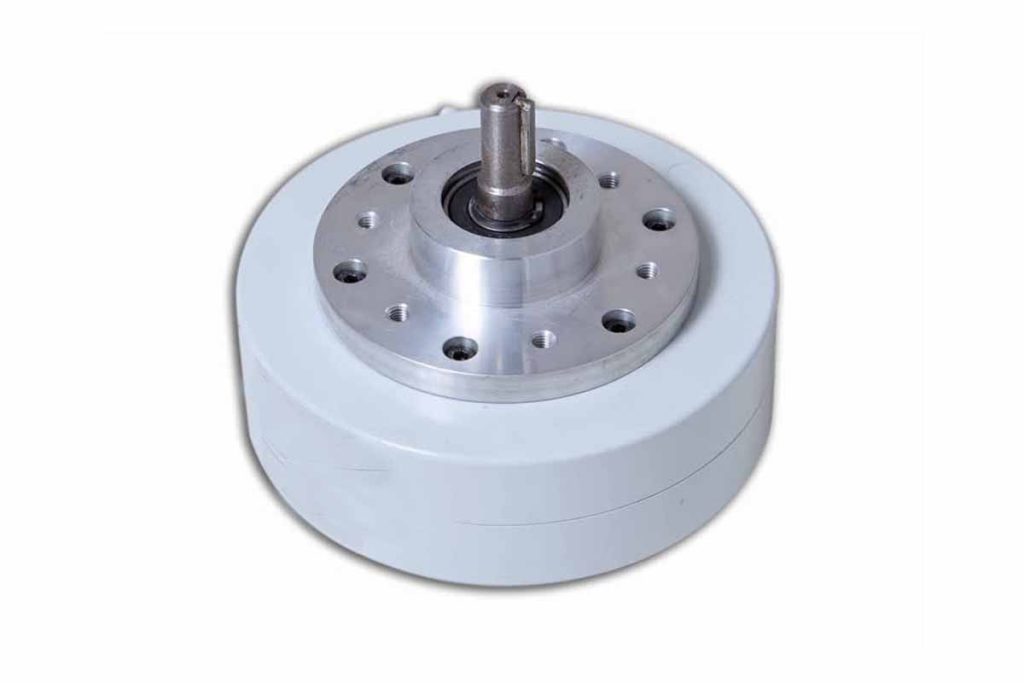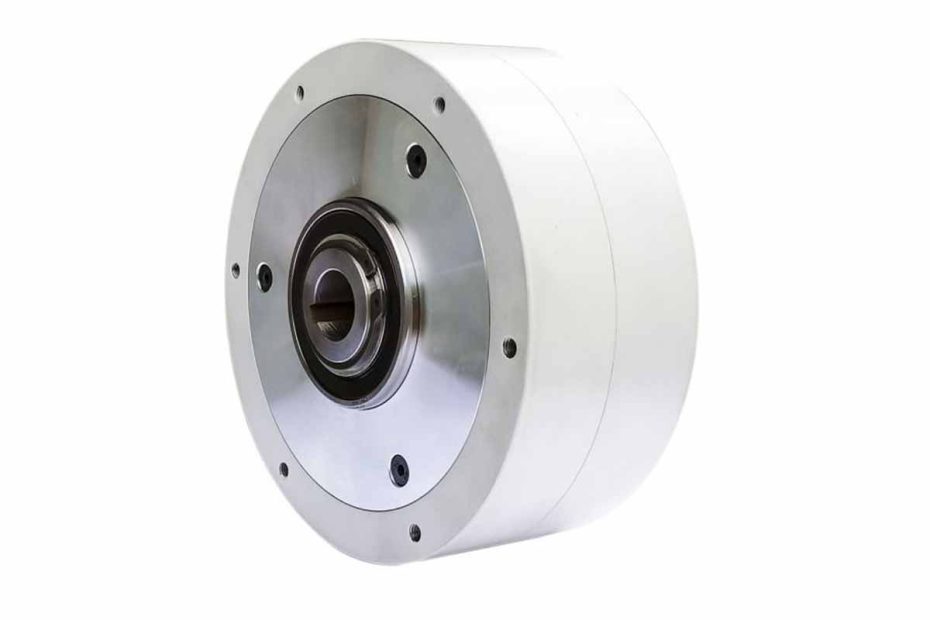In the textile industry, precise control over machinery is crucial for ensuring high-quality production. One technology that plays a significant role in achieving this control is the magnetic particle brake.
Magnetic particle brakes are devices that use magnetic particles to transmit torque. They consist of two main parts: a rotor and a stator. The rotor is connected to the input shaft, while the stator is connected to the output shaft. The magnetic particles are contained within the rotor and are free to move when a magnetic field is applied. This movement creates friction between the rotor and stator, allowing torque to be transmitted from the input shaft to the output shaft.
Working Principle Of Magnetic Particle Brakes
When a magnetic field is applied to the rotor, the magnetic particles align with the field, creating a solid connection between the rotor and stator. This allows torque to be transmitted from the input shaft to the output shaft. When the magnetic field is removed, the magnetic particles return to their original state, allowing the rotor to rotate freely.
Advantages And Functions Of Magnetic Particle Brakes
One of the main advantages of magnetic particle brakes is their ability to provide precise control over torque. This is essential in the textile industry, where the quality of the final product is directly related to the amount of torque applied to the machinery. Magnetic particle brakes also have a long lifespan and require minimal maintenance, making them a cost-effective solution for textile manufacturers.
Magnetic Particle brakes are used in a variety of applications in the textile industry. One common application is in winding machines, where they are used to control the tension of the yarn as it is wound onto a spool. They are also used in weaving machines, where they are used to control the tension of the warp yarns as they are woven into the fabric.
| Advantages | Functions |
|---|---|
| Precise control over torque | Control tension in winding machines |
| Long lifespan | Control tension in weaving machines |
| Minimal maintenance requirements | Ensure high-quality production |
| Cost-effective solution | Prevent breakage and defects |

Applications of Magnetic Particle Brakes in the Textile Industry
Magnetic particle brakes are used in a variety of applications in the textile industry. One common application is in winding machines, where they are used to control the tension of the yarn as it is wound onto a spool. They are also used in weaving machines, where they are used to control the tension of the warp yarns as they are woven into the fabric.
Case Study: Magnetic Particle Brakes in a Textile Mill
To better understand the significance of magnetic particle brakes in the textile industry, let’s consider a case study of a textile mill that uses magnetic particle brakes in its machinery. The mill produces a variety of fabrics, including cotton, wool, and synthetic fibers.
The mill uses magnetic particle brakes in its winding machines to control the tension of the yarn as it is wound onto spools. This ensures that the yarn is wound evenly and prevents breakage. The mill also uses magnetic particle brakes in its weaving machines to control the tension of the warp yarns as they are woven into the fabric. This ensures that the fabric is woven evenly and prevents defects.
Conclusion
In conclusion, magnetic particle brakes play a significant role in the textile industry by providing precise control over torque. They are used in a variety of applications, including winding and weaving machines, and offer several advantages, including a long lifespan and minimal maintenance requirements. As the textile industry continues to evolve, magnetic particle brakes will likely remain an essential technology for ensuring high-quality production.
